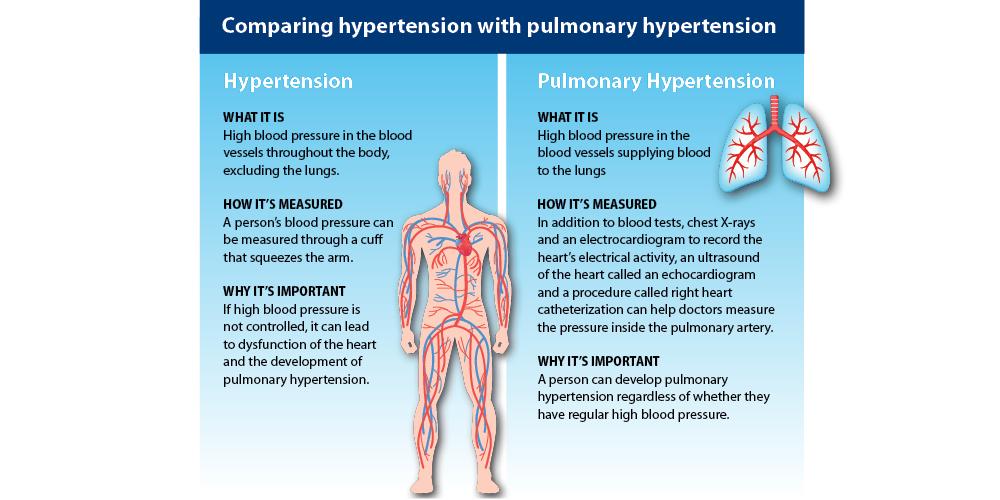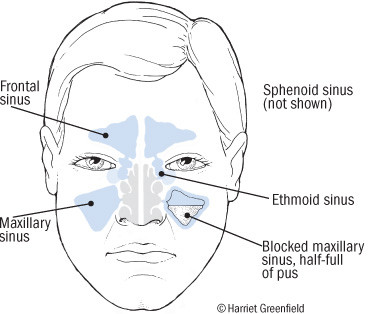Neck pain, also known as cervicalgia, is a widespread issue, affecting two-thirds of the population at some point in their lives. While the discomfort is primarily felt in the neck, it can stem from various spinal problems. Neck pain may arise due to muscular tightness in both the neck and upper back, or from pinching of nerves.

One critical condition to be aware of is bacterial meningitis, a serious infection requiring immediate medical attention. Symptoms include fever, headache, and neck stiffness. Another concerning sign is pain traveling down one arm, particularly if accompanied by weakness, numbness, or tingling, potentially indicating a herniated cervical disc.
Temporomandibular Disorders (TMD) are another source of neck discomfort. Common symptoms of TMD include jaw soreness, headaches, pain spreading behind the eyes, in the face, shoulder, neck, or back, earaches, or ringing in the ears.
Surprisingly, sleeping positions can also contribute to neck pain. For example, sleeping on your stomach forces you to rotate your head to the side, and sleeping on your side without proper support can push your neck toward your shoulder, causing muscle strain.
Certain serious conditions like cervical artery dissection also manifest as neck pain. This includes persistent pain, often accompanied by a severe headache, and the sensation of something sharp stuck in the base of the skull.
Infections like otitis media, an ear infection occurring in the middle ear, can also cause neck pain. This infection is marked by inflammation and fluid buildup and differs from otitis externa or swimmer’s ear.
Thoracic Outlet Syndrome (TOS) commonly presents as pain, swelling, or a “pins and needles” sensation in the hands, shoulders, and arms. This syndrome results from pressure or compression on nerves or blood vessels in the thoracic outlet area, affecting the chest, neck, head, ears, and upper body.
Lastly, injuries to muscles, ligaments, or tendons in the neck or shoulder can cause varying degrees of pain. The onset may be immediate, like after a fall or during sports, or it might develop gradually without an obvious cause.
For more information on these conditions, visit Harvard Health, University of Rochester Medical Center, and Northwell Health.


